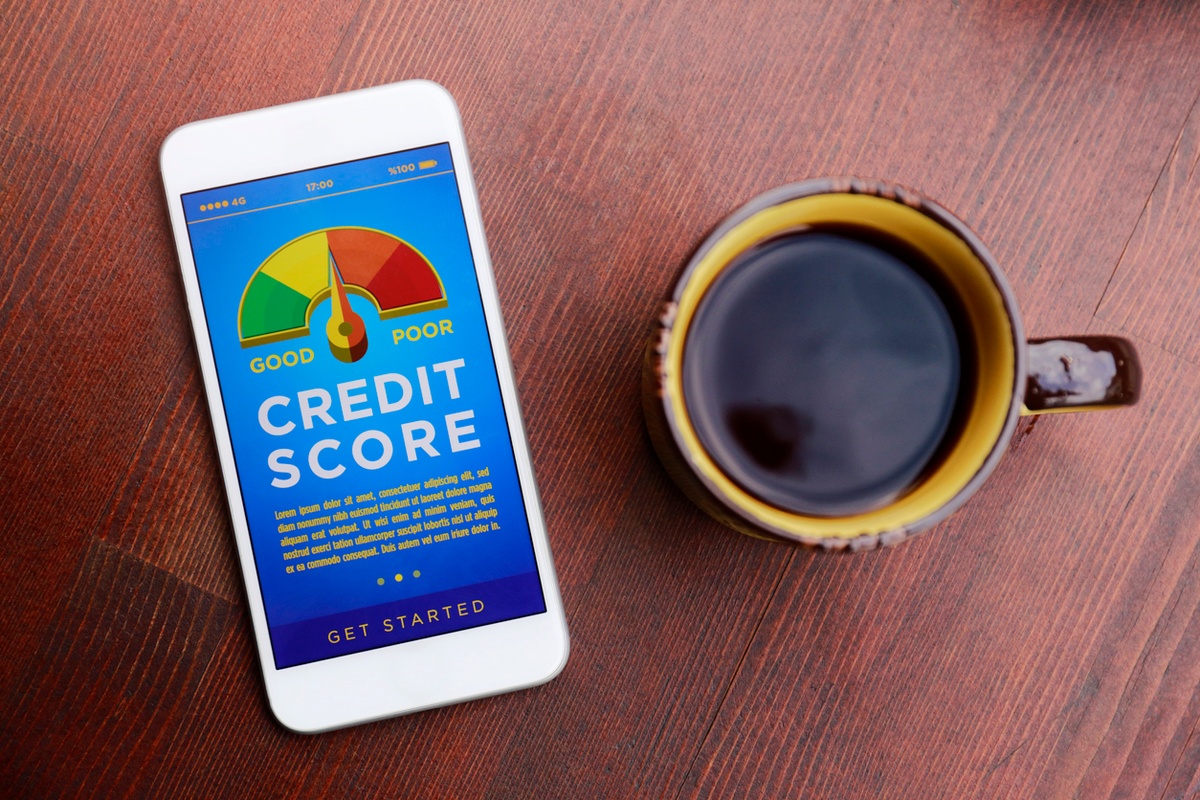What is a bridging loan?
Learn what bridging loans are, how they work, and if they're right for you. A simple guide to short-term property finance in the UK.
BorrowingLearn what bridging loans are, how they work, and if they're right for you. A simple guide to short-term property finance in the UK.
BorrowingLatest

Discover the average credit score in the UK across Equifax, Experian & TransUnion. Learn what's good and how to improve yours.
Borrowing
Need to borrow but unsure which is the best option? We weigh up whether a credit card or loan would work best for you.
Borrowing
Learn about brushing scams. Discover how to spot fake deliveries, protect your personal data, and report suspicious packages safely.
Staying Safe Online
Learn how utility bills affect your UK credit score. Discover when bills help or hurt your credit rating and how to protect your financial future.
Borrowing